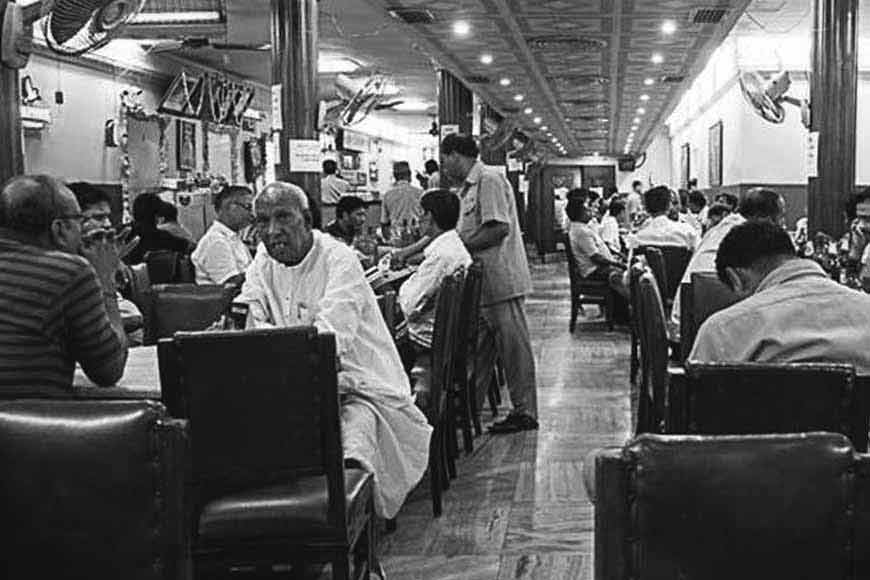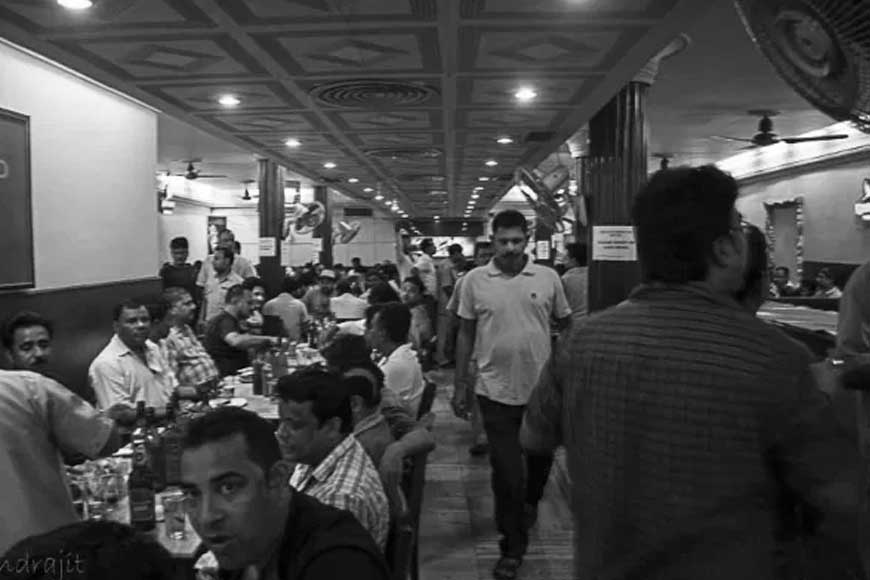The drinking houses of old Calcutta, and a Bengali who dared step in

Representative Image
Whatever else it might have been in the 18th century, Calcutta sounds like an interesting city to have lived in. And by all accounts, the rowdiest part of town was the one now responsible for maintaining its law and order, aka Lalbazar. How’s that for irony? Indeed, Tank Square (BBD Bag today), Lalbazar, Kasaitola (Bentinck Street) and Bowbazar formed the riotous hub of Calcutta, thanks to their many taverns and ‘punch houses’, the city’s earliest watering holes. And this state of affairs continued well into the nineteenth century.
On September 24, 1842, a publication called Bengal Hurkaru (probably a distortion of ‘harkara’) published a report of an appeal by local residents about the general rowdiness of the area. The report stated, “The application was for the interference of the Magistrates to check the constant din and uproar, at almost all hours of the night and day, in that vicinity, caused by sea-men and others, riotous characters, who frequent the numerous public houses with which Loll Bazaar and Bow Bazaar abound ...... the tranquility and repose of the inhabitants being disturbed, owing to the uproarious revelry and noisy fiddling and drumming kept up every night, to a very late hour, in the many surrounding Punch-Houses.”
The difference between punch house and tavern appears primarily to have been one of class. While a punch house, serving a mishmash of drinks created largely out of cheap local alcohol, catered to sailors, soldiers, writers (peons), and the European working class in general, taverns seem to have been the haunts of well-to-do British society. In both cases, however, these were almost never patronised by Bengalis, working class or otherwise. The average aristocratic Bengali looked on the soldiers and sailors with contempt, and while the British upper classes were on good terms with their Bengali counterparts, the latter never joined in the revelries at the taverns.
There was one notable exception, however, which we will come to a little later. Before that, we take a look back at a few famous Calcutta taverns. There was, for example, the Apollo Tavern, which a certain Robert Wilson used as his address while writing to William Barwell, president and governor of Fort William, on December 12, 1748. Clearly, the address was a prestigious one. In 1758, John Tresham set up a tavern on Meredith Street (adjoining Bentinck Street), for the ladies and gentlemen of the city, which served ‘cold collations’ (light, informal meals).
There was, of course, the famed Harmonic Tavern, almost exactly where the Traffic Department of Kolkata Police now stands in Lalbazar. Almost next door was yet another tavern set up by a Frenchman called Francois (or Francis) Gallet. This was where the wealthy trader Richard Barwell (son of William Barwell) invited his friends to gather every fortnight in 1775. And it was from here that meals would go out for the lawyers and advocates involved in the sensational trial of Maharaja Nandakumar in 1774-75. Indeed, Francois raised the fairly hefty bill of Rs 629 for a total of eight dinners and nine suppers for 16 people.
Clearly, a tavern was more along the lines of a modern four or five-star hotel, while punch houses were meant for the riff raff. Either way, however, the domain remained almost exclusively European until local traders realised how lucrative the business was. One Bengali seems to have been an early pioneer, as Griffin noted in the book Sketches of Calcutta (Glasgow, 1843). His name was Srikrishna Dutta, and he set up his punch house in the China Bazar area. His example was gradually followed by other local businessmen, who began setting up punch houses and taverns in such ‘native’ business districts as Dharmatala and China Bazar.
 Representative Image
Representative Image
Dutta wasn’t aiming very high, though. His clientele consisted primarily of those looking for cheap local alcohol, completely oblivious to the fact that the place did not even offer proper chairs and benches. What did stand out, however, was the fact that Dutta’s punch house became a sort of international melting pot, unusual for the times. Thus, his customers were as much the Portuguese, Dutch, French, English, and Anglo-Indian working class, as Biharis, Odiyas, and Bengalis.
Inevitably, language barriers would occasionally come up. In one humorous passage, Griffin describes how Dutta interacted with an English-speaking customer: “Jack is altogether ignorant of Bengalee, and the native spirit-dealer is ignorant of English, but the former wants liquor and the latter wants money, and therefore the language of signs is very expressive.”
Srikrishna Dutta eventually became one of many Bengalis engaged in the tavern trade, but his early venture was probably more successful in breaking linguistic and cultural barriers than many well thought out official policies that followed.











